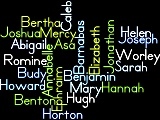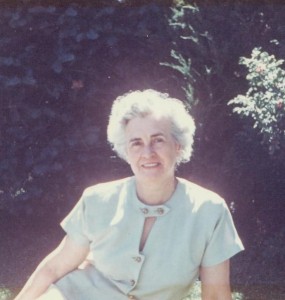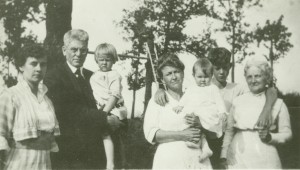When researching the family genealogy line, names can often become the missing link and a source of frustration. The best place to start with any family tree is with yourself, working back through your parents and grandparents. Beyond your grandparents, you might want to choose to work with each family name, one at a time.
For instance, my father is a Worley, his mother’s family name Romine. My mother was a Horton, her mother’s family name Budy. I decided to concentrate my study mostly on the Hortons for a couple of reasons. First, my brother had worked on the Horton name and it seemed we knew the links through Barnabas Horton, born 1600.
But also in 1999 I had the opportunity to take my mother to Southold, Long Island, where Horton Point Lighthouse was named after Barnabas. The story of Barnabas and his young, second wife, Mary, intrigued and inspired me to further my study (and write my first novel!). What I found surprised me. In genealogy names can be deceiving and links not always what you thought they were.
The further back you trace your family name, the likelihood of encountering errors due to name spellings or changes increases. This is due to several factors. In the 17th and 18th century people still often spelled their name as it sounded. This actually applied to many written words, not just names. Also, handwriting was often difficult to decipher, so many times names were transcribed incorrectly.
This didn’t prove to be a problem with the surname Horton so much, though before the 1500’s they were “de Horton”. What did prove problematic was the proliferation of the given names. By the 1600’s there were many
children named Mary, Elizabeth or Thomas–to name a few– you would wonder what those parents were thinking.
Barnabas, though a good Bible name and common enough, didn’t pose a problem. But he did name his first son after his father, Joseph, and then each of Barnabas’s sons named one of their sons Joseph. And so on. By the 1700’s there were numerous branches of Joseph Hortons in New England. My fourth, fifth and sixth great-grandfathers (GGF’s) were all Joseph Horton.
But the missing link really kicks in when you realize they had many cousins by the same name, some born in the same year. The wife we had attributed to Joseph Horton, born 1759, was actually the wife of a cousin. Our own Joseph was married to Sally Decker Horton, mother of Benjamin (another common given name), my third GGF.
So how do you make the genealogy puzzle fall in place? It isn’t easy, but here are three suggestions.
1. Know your source. Is it based on original documentation, and is that from a primary, a secondary (copied from an original), or a tertiary source? For an excellent rundown on the meanings and implications of those terms, I recommend reading Natalie D. Cottrill’s article, What Every Genealogist Should Know.
2. Collaborate. Online collaboration enables you to look at other family trees. If you are stumped by an ancestor look for a link in other trees. But use what you find as clues. For documentation, see #1.
3. Consider DNA testing. Sounds wild, right? But for as little as $99.oo it is the latest in the genealogy puzzle and can link you to family who lived hundreds, if not thousands of years ago. Now there’s an amazing thought! Check out  ancestry.com or 23andMe for more information.
ancestry.com or 23andMe for more information.
I hope this gives you some good info for tracking down those missing links in your family genealogy quest! Do you have any tips to add? Or if you are just getting started, any questions? I love to hear from you!
Let the words of my mouth, and the meditations of mine heart be acceptable in thy sight, O Lord my strength and my redeemer. Psalm 19:14, Geneva Bible 1599.


